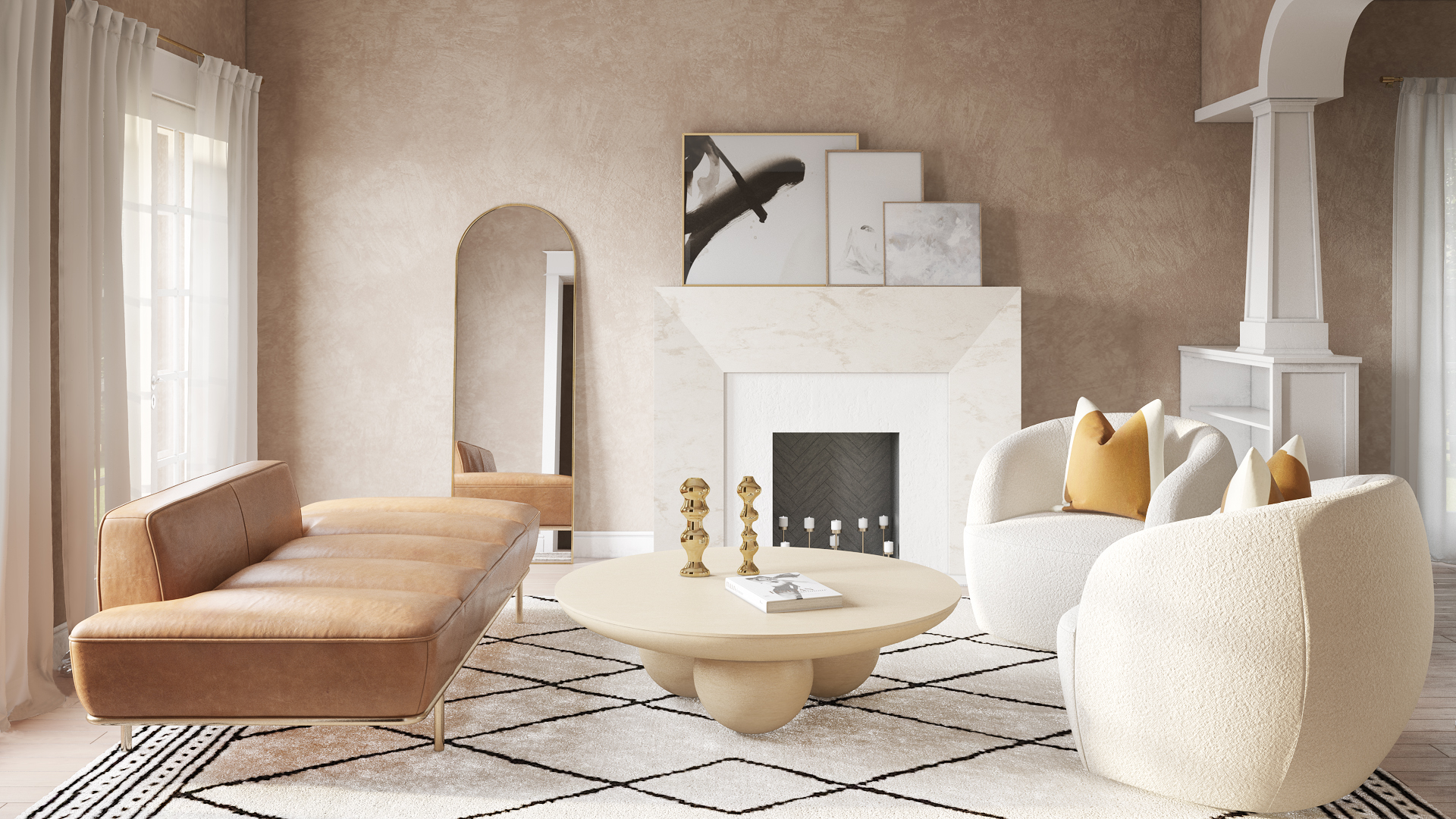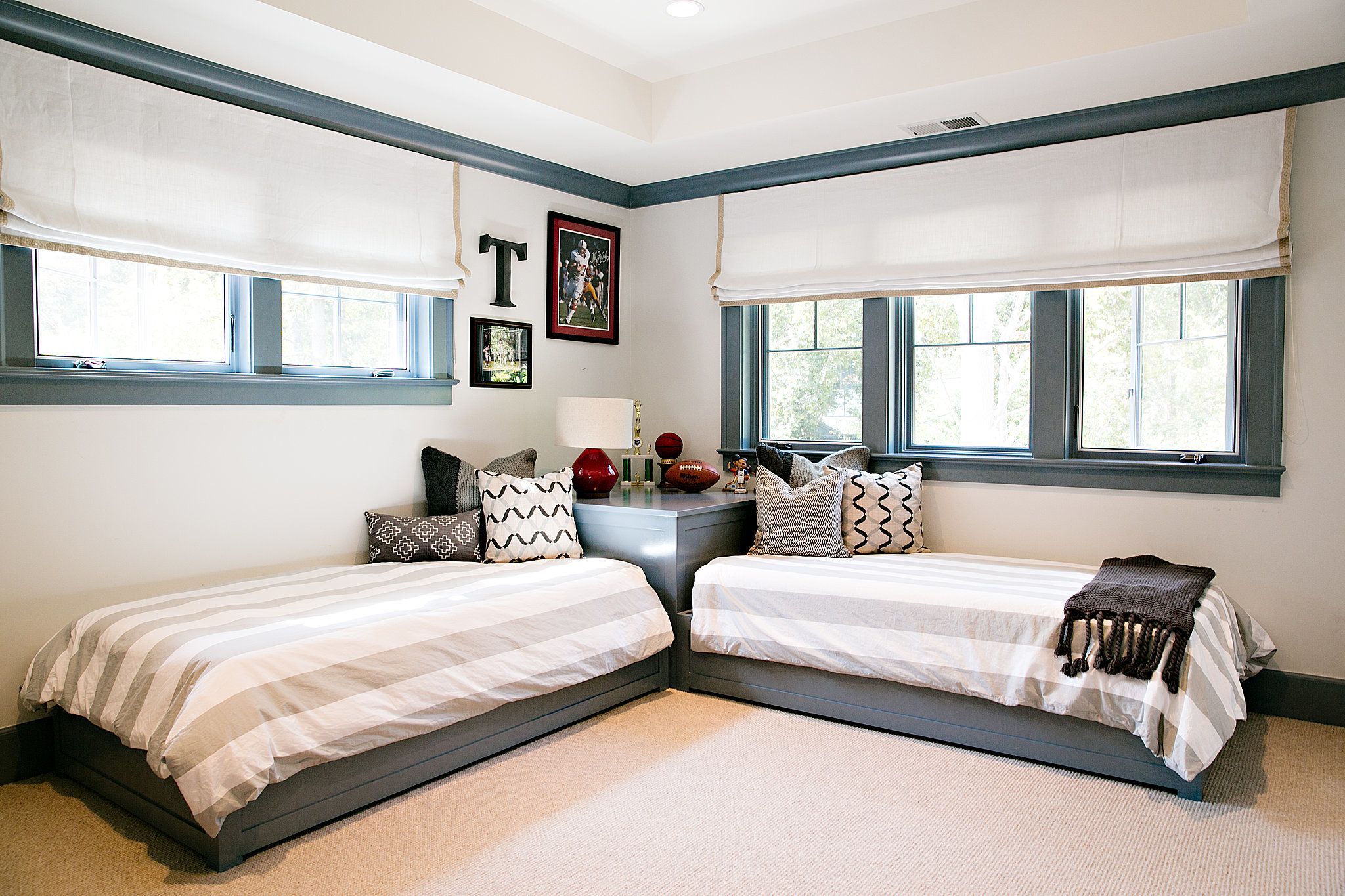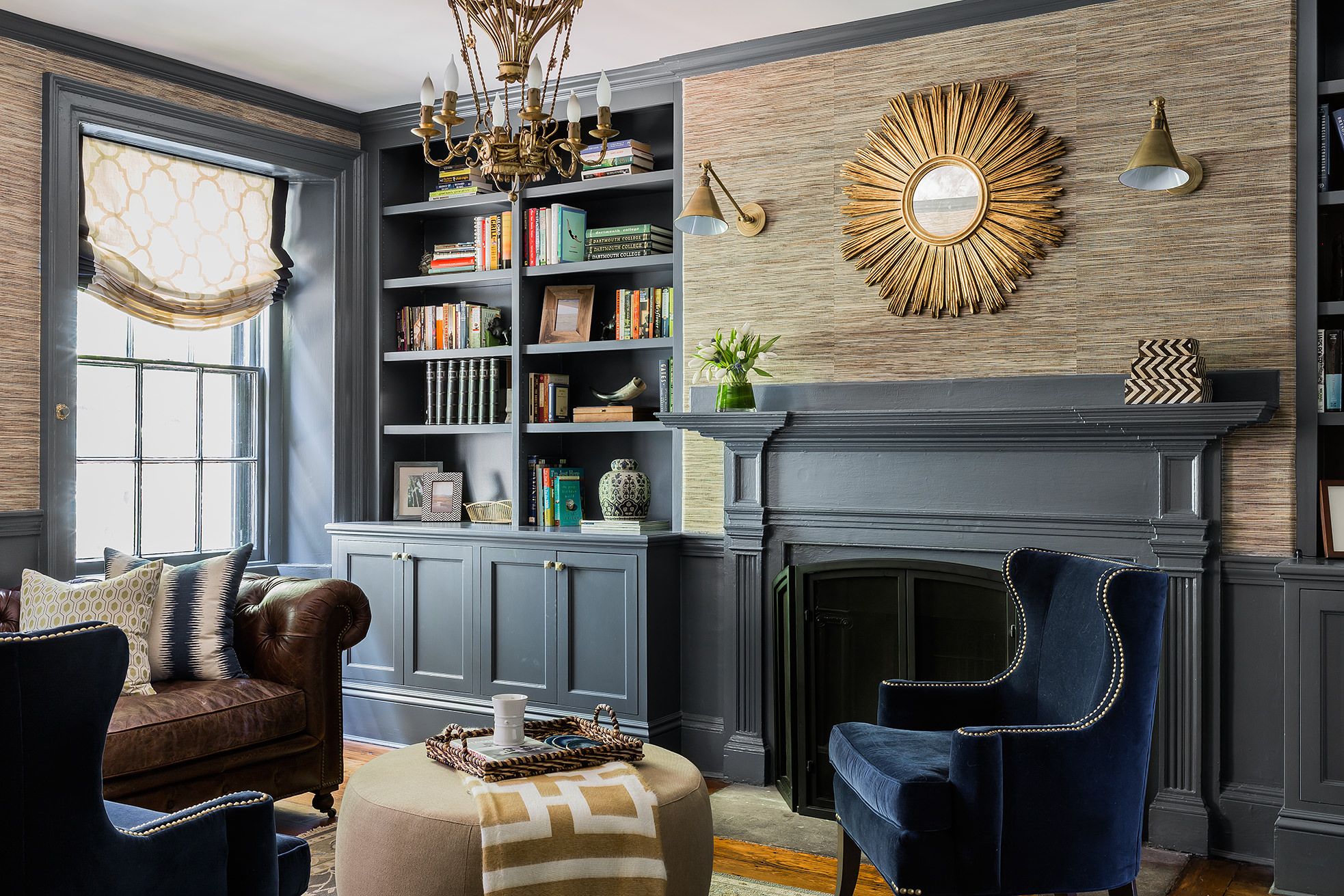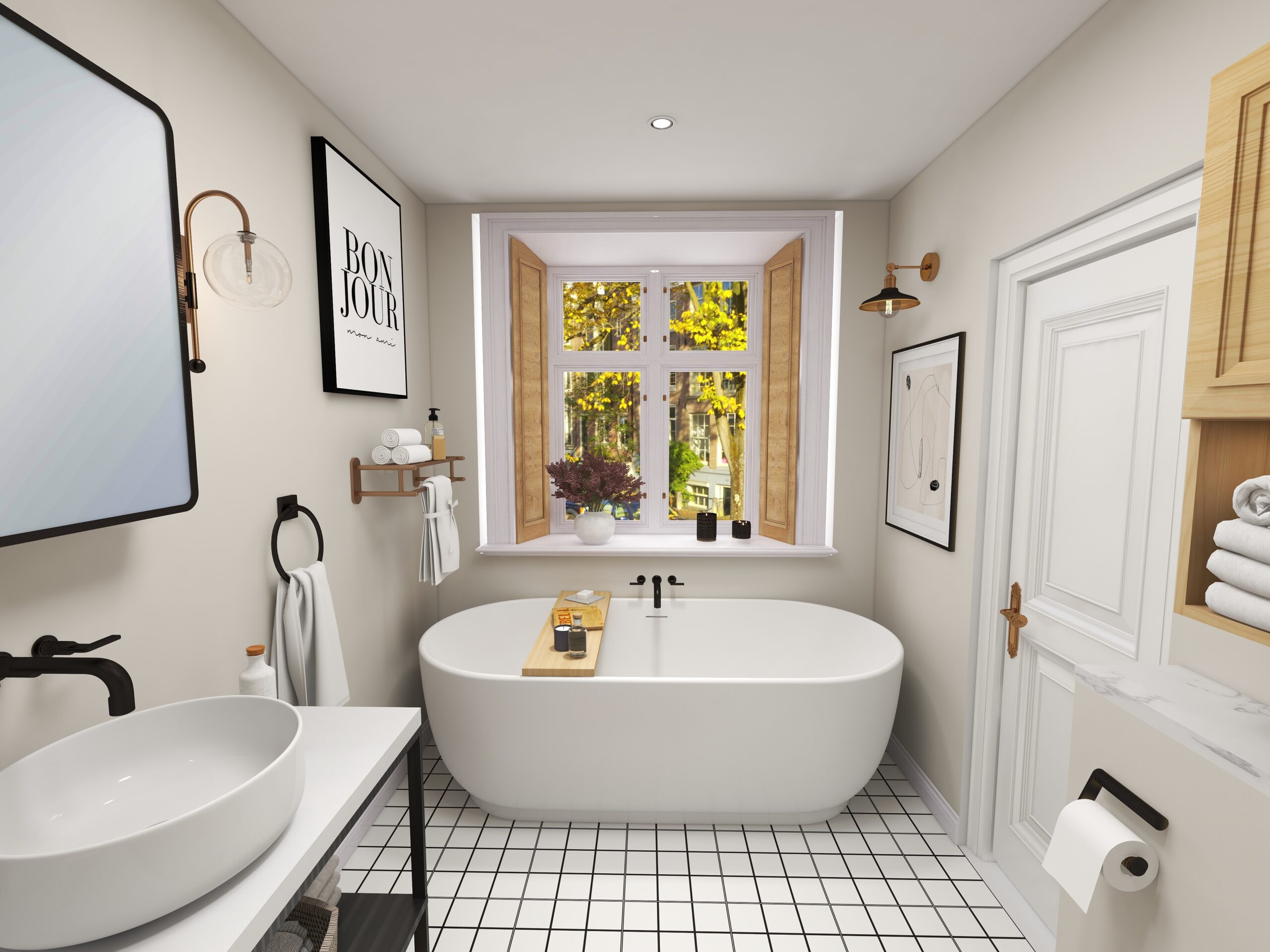Contents
Introduction
Limewash walls have been around for centuries, bringing a unique and timeless aesthetic to homes and buildings worldwide. Unlike conventional paints, limewash is an eco-friendly, breathable, and highly durable paint alternative that enhances the texture of surfaces while offering a rich, matte finish. Whether you’re looking to achieve a rustic, aged look or a modern minimalist vibe, limewash walls provide a natural beauty that other wall treatments can’t match.
In this comprehensive guide, we’ll explore what limewash is, its benefits, how to apply it, maintenance tips, and frequently asked questions before concluding with why you should consider limewash for your next home improvement project.
What is Limewash?
Limewash is a mineral-based paint made primarily from crushed limestone that has been mixed with water. This creates a breathable and natural-looking finish that gradually develops a beautiful patina over time. Unlike synthetic paints, limewash absorbs into porous surfaces, creating a durable and long-lasting coating that interacts harmoniously with the underlying material.
Benefits of Limewash Walls
1. Eco-Friendly and Non-Toxic
Limewash is made from natural ingredients and contains no harmful chemicals or volatile organic compounds (VOCs), making it a safe choice for indoor and outdoor applications.
2. Breathability and Moisture Resistance
Limewash allows walls to breathe, preventing moisture buildup and reducing the likelihood of mold and mildew growth. This makes it an excellent option for humid environments.
3. Aesthetic Appeal
Limewash provides a soft, cloud-like effect that adds depth and character to any wall. It gives a rustic charm reminiscent of old-world European architecture, making it a popular choice for both historic and contemporary homes.
4. Durability and Longevity
When applied correctly, limewash can last for decades. It strengthens over time as it reacts with carbon dioxide in the air, making it more resistant to wear and tear.
5. Customizable Colors and Finishes
Although traditional limewash is white, modern limewash products are available in a variety of colors. Pigments can be added to create subtle or bold hues that complement any décor.
How to Apply Limewash to Walls
Step 1: Prepare the Surface
Limewash adheres best to porous surfaces like brick, stucco, or unfinished drywall. If your wall has previously been painted with acrylic or latex paint, you may need to sand or prime it with a mineral-based primer.
Step 2: Mix the Limewash
Limewash is sold as a concentrate, so it must be diluted with water before application. The general ratio is one part limewash to two parts water, but this can vary depending on the desired opacity.
Step 3: Apply the First Coat
Using a large brush or roller, apply the first coat of limewash in a crisscross motion to create texture. Allow it to dry for 24 hours before applying the next coat.
Step 4: Apply Additional Coats
For a more opaque finish, apply multiple coats, allowing each layer to dry completely before adding the next.
Step 5: Seal (Optional)
If applying limewash in a high-traffic area or exterior surface, consider sealing it with a breathable sealant to enhance durability and protection against stains.
Maintaining a Limewash Wall
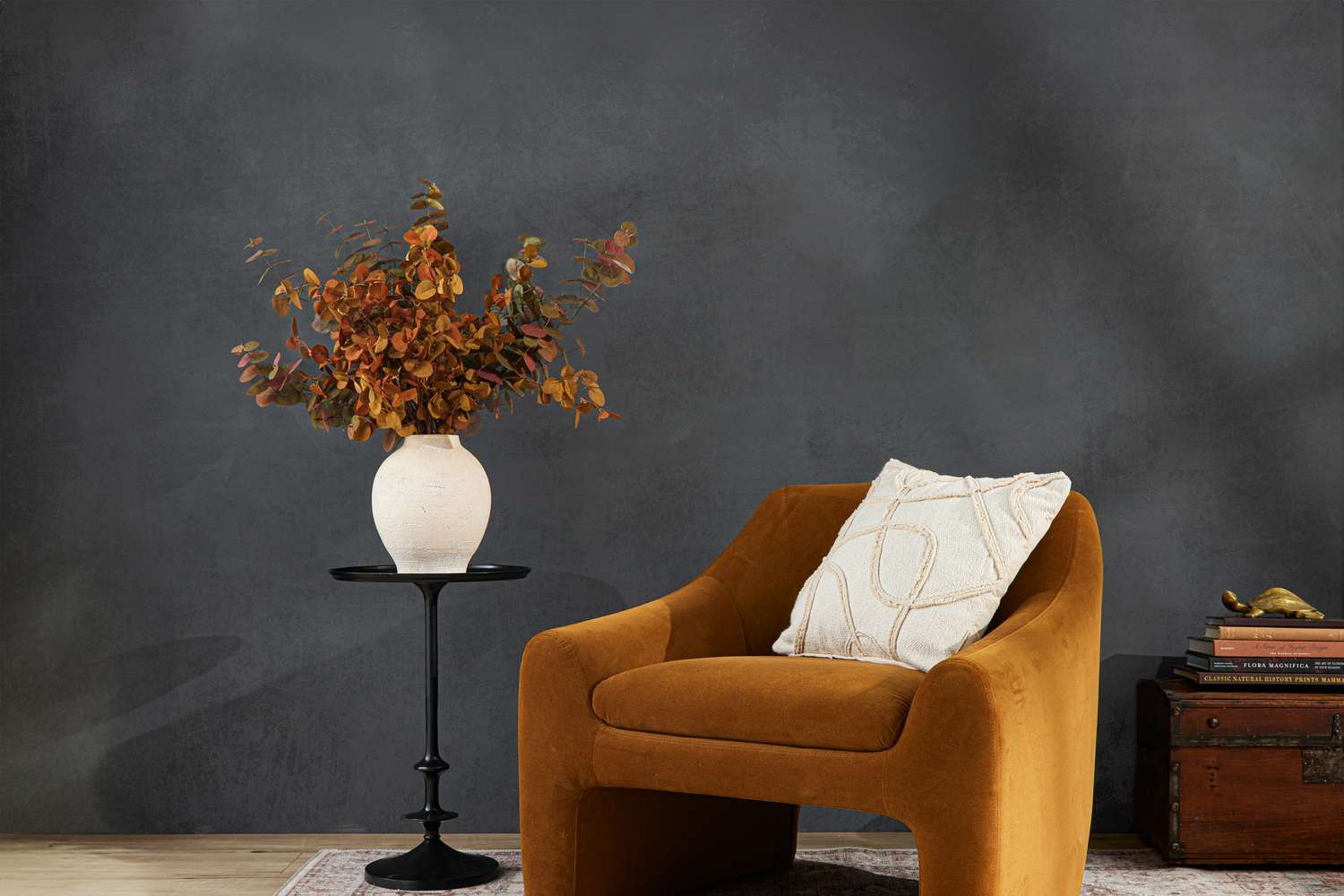
Cleaning Tips
- Avoid harsh chemicals; instead, use a damp cloth or mild soapy water to clean spots.
- Limewash naturally ages over time, and minor touch-ups can be done by reapplying a diluted limewash mixture.
Refreshing and Reapplying
- Unlike conventional paint, limewash doesn’t peel; it simply fades over time. If your wall needs a refresh, a new coat of limewash can be applied without extensive prep work.
Frequently Asked Questions (FAQs)
1. Can limewash be applied to any surface?
Limewash works best on porous surfaces like brick, stone, stucco, and unfinished drywall. For previously painted walls, a mineral-based primer is recommended for better adhesion.
2. How long does a limewash wall last?
Limewash can last for decades, especially on exterior brick walls. Interior applications may require occasional touch-ups but remain highly durable over time.
3. Is limewash safe for indoor use?
Yes! Limewash is completely natural and free of harmful chemicals, making it a great choice for interior walls, especially in homes with children and pets.
4. Does limewash need a topcoat?
A topcoat isn’t necessary but can be applied for added protection, especially in high-traffic areas or moisture-prone spaces.
5. Can I change the color of my limewash wall?
Yes! You can add natural pigments to limewash to create custom shades or apply a new coat of a different color over an existing limewash finish.
6. Will limewash make my walls waterproof?
Limewash is water-resistant but not waterproof. It helps regulate moisture without trapping it, preventing issues like mold and mildew.
7. Can I use limewash over drywall?
Limewash can be used on drywall, but it must be primed with a mineral-based primer for the best results.
Conclusion
A limewash walls is more than just a paint choice; it’s a timeless and stylish way to enhance your home’s aesthetic while maintaining an eco-friendly and breathable environment. Its natural ingredients, durability, and unique patina make it a favorite among homeowners and designers alike.
Whether you want to transform a single accent wall or revamp your entire home, limewash is an excellent option that combines beauty, sustainability, and historical charm. With proper application and maintenance, your limewash walls will stand the test of time, offering an ever-evolving character that only gets better with age.
If you’re ready to embrace the charm of limewash walls, get started today and experience the elegance of this natural wall treatment!

